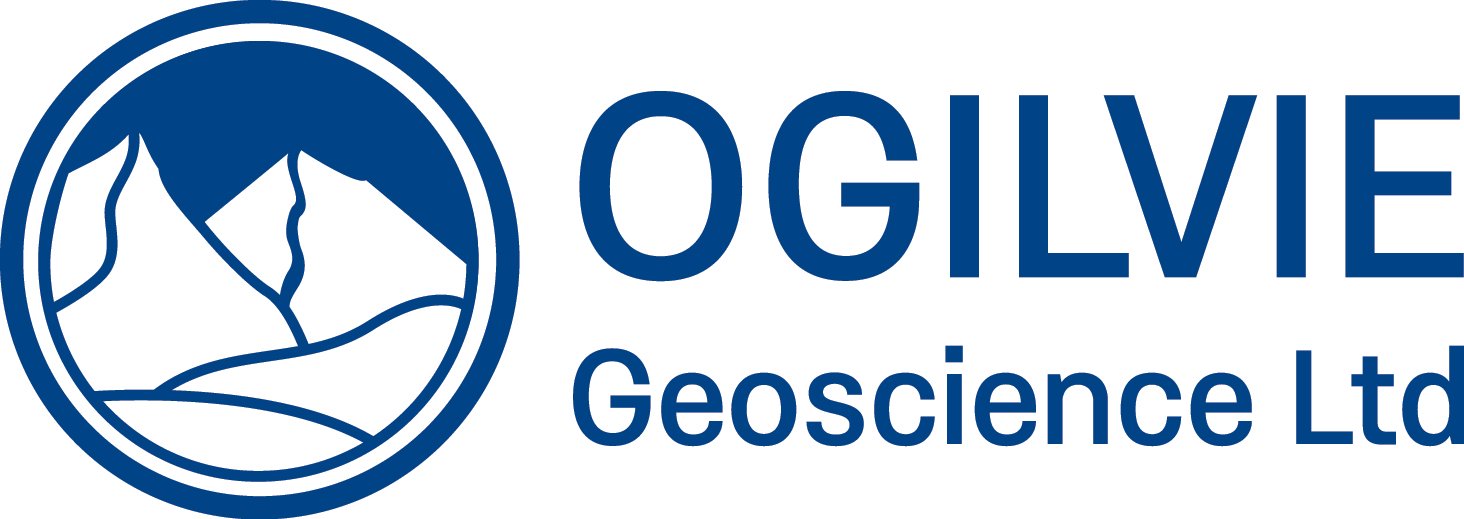Fractured chalk
Fractured reservoirs can be defined as those hydrocarbon reservoirs where natural fractures contribute permeability to the reservoir. Geothermal projects also target fractured sweetspots.
In the North Sea, fractured chalks (Fig. 1) are probably the key fractured reservoir play but recovery of oil often needs employment of a secondary or enhanced recovery technique. Giant fractured chalk fields such as Valhall and Ekofisk have been subjected to water injection/waterflooding at various times in their development.
Fig 1 (left) fractured chalk from the Valhall Field, whose location is circled on right hand side.
Map source: Bradley et al. (2019), [2]
Does chalk wettability matter ?
Yes, in the Ekofisk field recovery factors in excess of 35% have been achieved under waterflood [1] up to 2010. Note the impact of waterflooding (which started in the late 1980s) in reversing a production decline in the various chalk reservoirs (Fig. 2). This is mainly because the chalks are water-wet; and the water can penetrate microporosity in water wet reservoirs by capillary imbibition, providing efficient recovery of oil. In the case of Ekofisk, waterflooding reversed a production decline allowing the field to go onto achieve a recovery factor of > 35% under waterflood [1]. Recovery is now closer to 50% probably due to lower salinity of injected water.
Fig. 2. Ekofisk Field production profile showing impact of water flooding (starting late 1980s), reversing a production decline. Source [1].
In contrast, the Natih Field in Oman is a good example of a chalk reservoir that has not responded well to water injection. Note the steep decline in oil production in the 1970s (black line, Fig. 3) as was the case with Ekofisk. This is accompanied by a water injection campaign (dashed line) which failed to stop this production decline. In fact, ultimate recovery was only 22%.
This is mainly due to the oil wet nature of the chalk which prevents injected water from penetrating the microporosity by capillary imbibition; therefore waterflooding is less efficient in these types of reservoirs and recovery is often less than in water wet reservoirs. Note that later gas injection was not impactful. [1]
Fig. 3. Water injection (early 1970s) fails to reverse the oil production decline in the Natih Field, Oman mainly due to the oil wet nature of the chalk. Source [1].
Key Takeaways
Fractured chalk reservoirs can achieve high recovery factors if developed and managed properly.
For example, waterflooding is more likely be an efficient recovery mechanism in water wet chalks than in oil wet chalks as imbibed water efficiently forces oil out of the matrix into the fractures.
This is evident in the Ekofisk production profile (up to 2010), a water-wet chalk that has responded well to water injection with RFs > 35% compared to the Natih Field which has not responded well.
Reference
Allan, J & Sun, S.Q. 2003. Controls on Recovery Factor in Fractured Reservoirs: Lessons Learned from 100 Fractured Fields, SPE 84590.




